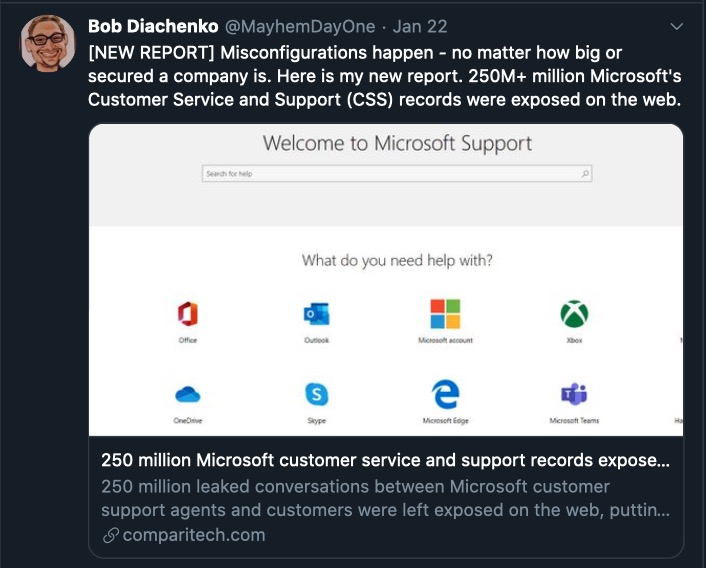Corporate relocation startup Shyft raises $15M
Shyft is announcing it has raised $15 million in Series A funding to make the moving process less painful — specifically in the situations where your employer is paying for the move.
Other startups are looking to offer concierge-type services for regular moving — I used a service called Moved last year and liked it. But Shyft co-founder and CEO Alex Alpert (who’s spent years in the moving business) told me there are no direct competitors focused on corporate relocation.
“Even at the highest levels, the process is totally jacked up,” Alpert said. “We saw an opportunity to partner with corporations and relocation management companies to build a customized, tech-driven experience with more choices, more flexibility and to be able to navigate the quoting process seamlessly.”
So when a company that uses Shyft decides to relocate you — whether you’re a new hire or just transferring to a new office — you should get an email prompting you to download the Shyft app, where you can chat with a “move coach” who guides you through the process.
You’ll also be able to catalog the items you want to move over a video call and get estimates from movers. And you’ll receive moving-related offers from companies like Airbnb, Wag, Common, Sonder and Home Chef.
And as Alpert noted, Shyft also partners with more traditional relocation companies like Graebel, rather than treating them as competitors.

The company was originally called Crater and focused on building technology for creating accurate moving estimates via video. It changed its name and its business model back in 2018 (Alpert acknowledged, “It wasn’t a very popular pitch in the beginning: ‘Hey, we’re building estimation software for moving companies.’ “), but the technology remains a crucial differentiator.
“Our technology is within 95% accurate at identifying volume and weight of the move,” he said. “When moving companies know the information is reliable, they can bid very aggressively.”
As a result, Alpert said the employer benefits not just from having happier employees, but lower moving costs.
The new funding, meanwhile, was led by Inovia Capital, with participation from Blumberg Capital and FJ Labs.
“There’s a total misalignment between transactional relocation services and the many logistical, social, and lifestyle needs that come with moving to a new city,” Inovia partner Todd Simpson said in a statement. “As businesses shift towards more distributed workforces and talent becomes accustomed to personalized experiences, the demand for a curated moving offering will continue to grow.”
![]()








